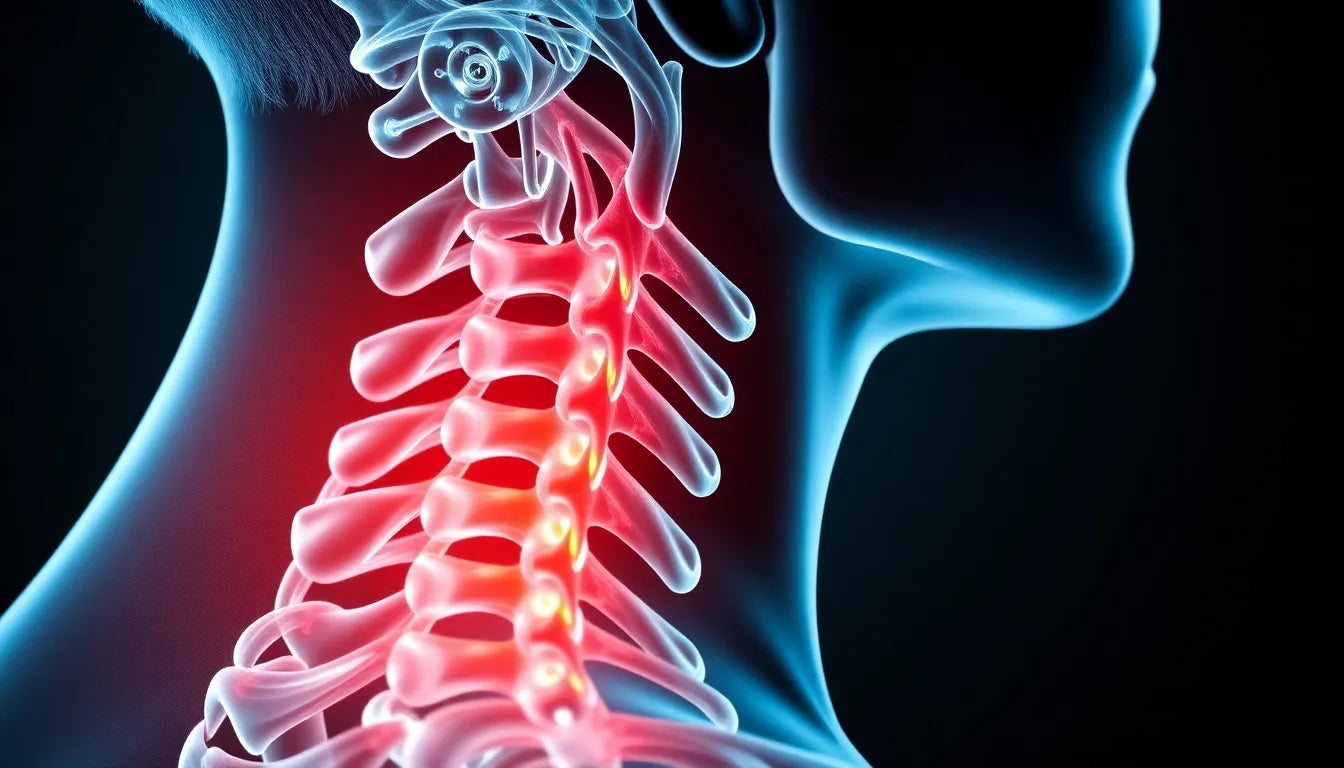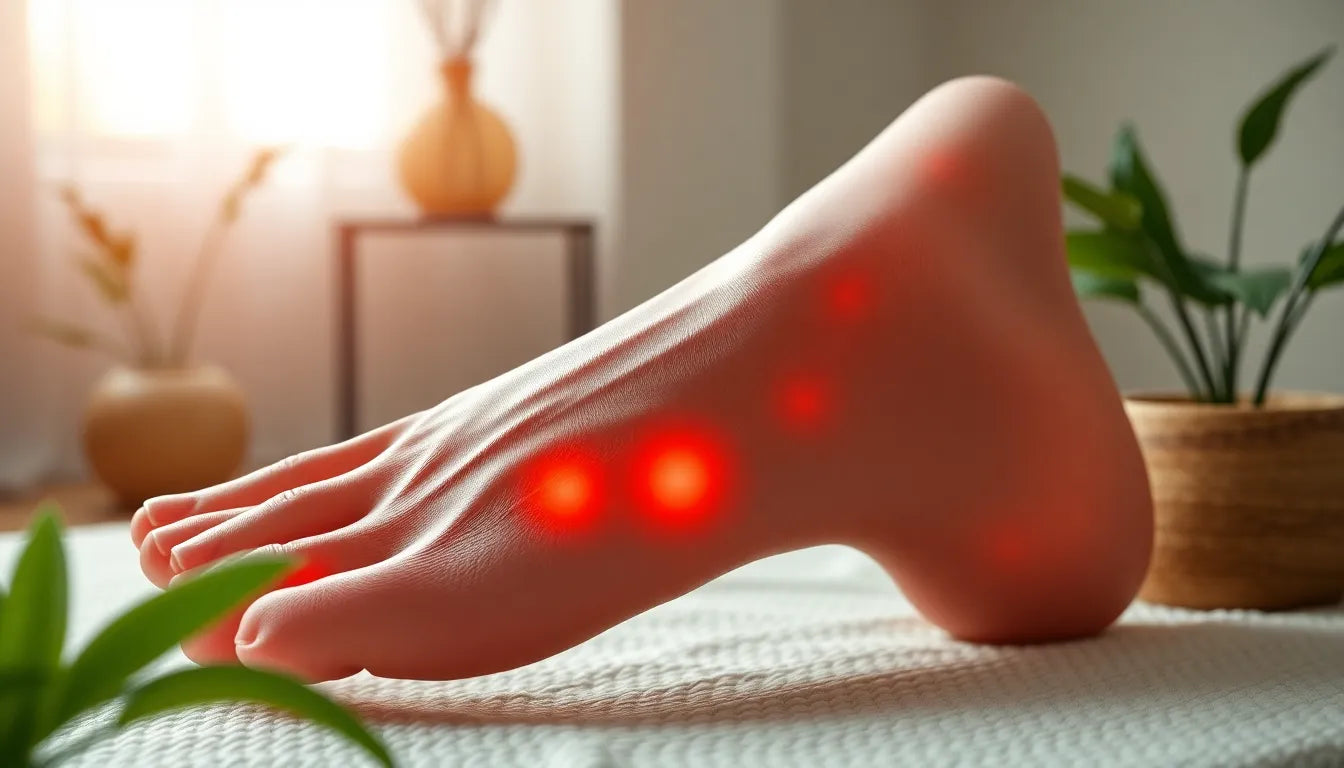Sciatica is a condition that many people encounter, yet it remains shrouded in mystery and misunderstanding for some. At its core, sciatica refers to a type of pain that follows the path of the sciatic nerve, which is the longest nerve in the human body. This nerve extends from the lower back, through the hips, and down each leg. When sciatica strikes, it can manifest through a range of symptoms, including sharp pain, inflammation, numbness, and tingling sensations in the affected leg. These symptoms can vary in intensity, from mild discomfort to severe pain that disrupts daily activities.
importance of understanding sciatica
Understanding sciatica is crucial for several reasons. Early diagnosis and treatment are essential to prevent the condition from becoming chronic, which can lead to long-term discomfort and mobility issues. If left untreated, sciatica can significantly impact one's quality of life, making everyday tasks challenging and sometimes unbearable. The pain can hinder your ability to move freely, affecting your work, leisure, and overall well-being.
Moreover, having a clear understanding of sciatica helps individuals make informed decisions about their health. It empowers them to seek appropriate medical advice, explore treatment options, and implement lifestyle changes that can alleviate symptoms and promote recovery. Knowledge is a powerful tool in managing sciatica effectively, ensuring that those affected can regain control over their lives.
the scope of this guide
This guide aims to provide a comprehensive overview of sciatica, covering everything from its causes and symptoms to diagnosis and treatment options. Our goal is to equip you with the information you need to understand this condition thoroughly, whether you're experiencing symptoms yourself or supporting someone who is. By delving into the various aspects of sciatica, we hope to offer clarity and guidance to those seeking relief and recovery.
In the following sections, we will explore the different causes of sciatica, such as spinal disc herniation, spondylolisthesis, and spinal stenosis. We'll also discuss the methods used to diagnose the condition and the range of treatment options available, from conservative approaches like physical therapy to advanced interventions such as surgery. Additionally, we'll highlight the role of ergonomic solutions in managing and preventing sciatica, providing practical tips for integrating these aids into daily life.
Join us as we journey through this comprehensive guide to sciatica, offering insights and solutions to help you or your loved ones find relief and embark on the path to recovery.
uncovering the causes of sciatica
Sciatica is primarily caused by compression or irritation of the sciatic nerve, and understanding its root causes is crucial for effective treatment. One of the most common causes is spinal disc herniation. This occurs when a disc in the spine protrudes outward, pressing against the nerve roots that form the sciatic nerve. This pressure can lead to inflammation, pain, and sometimes numbness in the leg.
Another potential cause is spondylolisthesis, a condition where one vertebra slips forward over the one below it. This misalignment can pinch the sciatic nerve, leading to symptoms similar to those of a herniated disc. Spinal stenosis is another culprit, characterized by the narrowing of the spinal canal. This narrowing can compress the nerves, including the sciatic nerve, causing pain and discomfort.
Less common causes of sciatica include tumors, infections, or injuries that affect the spine or the sciatic nerve itself. These conditions can exert pressure on the nerve, leading to the characteristic symptoms of sciatica.
diagnosing sciatica: methods and tests
Accurate diagnosis of sciatica is essential for determining the appropriate treatment plan. The process typically begins with a physical examination, where a healthcare provider assesses muscle strength and reflexes. This examination helps identify any weaknesses or abnormalities that might indicate nerve compression.
Imaging tests like MRI or CT scans are often used to get a detailed view of the spine and identify the exact cause of nerve compression. These tests can reveal herniated discs, spinal stenosis, or other structural issues affecting the sciatic nerve.
One specific test used to diagnose sciatica is the straight-leg-raising test. During this test, the patient lies flat while the doctor lifts each leg separately. If lifting the leg causes pain, it may indicate sciatica, as this motion can stretch the sciatic nerve and exacerbate symptoms.
exploring treatment options for sciatica
Treatment for sciatica varies depending on the severity and underlying cause of the condition. Conservative treatments are often the first line of defense. These include physical therapy exercises designed to improve flexibility and strength, helping to relieve pressure on the sciatic nerve. Pain relief medications such as NSAIDs and muscle relaxants can also be effective in managing symptoms.
Lifestyle modifications, like weight management and maintaining proper posture, play a crucial role in alleviating symptoms and preventing future episodes. For those whose symptoms persist despite conservative measures, advanced treatment options may be necessary.
These can include corticosteroid injections, which help reduce inflammation around the nerve roots. In more severe cases, surgical interventions such as microdiscectomy or laminectomy might be recommended to relieve nerve compression.
the role of ergonomic solutions in managing sciatica
Ergonomic solutions can significantly contribute to managing and preventing sciatica. By reducing strain on the lower back and promoting proper posture, ergonomic products can help alleviate pressure on the sciatic nerve. Ergonomic chairs, cushions, and supports are designed to provide optimal support and comfort, making them valuable tools for those dealing with sciatica.
Incorporating these solutions into your daily routine can help minimize discomfort and prevent future episodes. Adjusting your workspace, using supportive seating, and taking regular breaks to stretch and move around can all contribute to a healthier spine and reduced sciatic nerve irritation.
By understanding the causes and exploring the various diagnostic and treatment options, individuals can take proactive steps towards relief and recovery from sciatica. In the next section, we will delve into practical tips for integrating ergonomic solutions into daily life and explore long-term management strategies to prevent recurrence.
Integrating ergonomics into daily life
Integrating ergonomic solutions into your daily routine is essential for both managing and preventing sciatica. A well-designed home or office environment can significantly reduce the risk of sciatic nerve irritation. Start by ensuring that your workspace is set up to encourage proper posture. This includes using ergonomic chairs that support your lower back and maintaining a desk height that allows your elbows to remain at a 90-degree angle.
Regular breaks are crucial. Sitting or standing in one position for extended periods can exacerbate sciatica symptoms. Aim to take short breaks every 30 to 60 minutes to stretch and move around. Simple exercises, such as standing up and walking or performing gentle stretches, can help alleviate tension and improve circulation.
Long-term management and prevention
Effective long-term management of sciatica involves a combination of regular exercise, maintaining a healthy weight, and mindfulness practices. Engaging in activities that strengthen the core muscles, such as yoga or Pilates, can provide essential support to the lower back, reducing the strain on the sciatic nerve.
Weight management is also crucial. Excess weight can increase pressure on the spine, leading to nerve compression. A balanced diet rich in nutrients, combined with regular physical activity, can help maintain a healthy weight and reduce the risk of sciatica.
Incorporating mindfulness and stress management techniques can further aid in preventing tension-related pain. Practices such as meditation, deep breathing exercises, and progressive muscle relaxation can help reduce stress and tension, promoting overall well-being and potentially alleviating sciatica symptoms.
Frequently asked questions
What are the first signs of sciatica?
The initial symptoms of sciatica often include tingling, mild pain, or a burning sensation along the path of the sciatic nerve. These symptoms typically start in the lower back and may radiate through the buttocks and down the leg. Early recognition of these signs is important for timely intervention and management.
Can sciatica heal on its own?
In many cases, sciatica can improve over time with conservative treatment methods, such as rest, physical therapy, and pain management. However, if symptoms persist or worsen, it is advisable to seek medical advice to explore further treatment options and prevent potential complications.
Is surgery always necessary for sciatica?
Surgery is not always necessary for sciatica. It is typically considered when conservative treatments have failed to provide relief, or if there is significant nerve compression causing severe pain or neurological deficits. Surgical options, such as microdiscectomy or laminectomy, may be recommended in these cases.
How can ergonomic aids specifically help with sciatica?
Ergonomic aids, such as chairs with lumbar support, cushions, and adjustable desks, can help maintain proper posture and reduce pressure on the sciatic nerve. These products are designed to support the natural curve of the spine, distribute weight evenly, and minimize strain during prolonged sitting or standing, thereby aiding in both recovery and prevention of sciatica.
What lifestyle changes can help manage sciatica?
Adopting a healthy lifestyle is key to managing sciatica. This includes maintaining a balanced diet to support weight management, engaging in regular physical activity to strengthen core muscles, and practicing stress-reduction techniques to alleviate tension. Additionally, ensuring an ergonomic environment, both at home and work, can prevent the recurrence of symptoms.


















